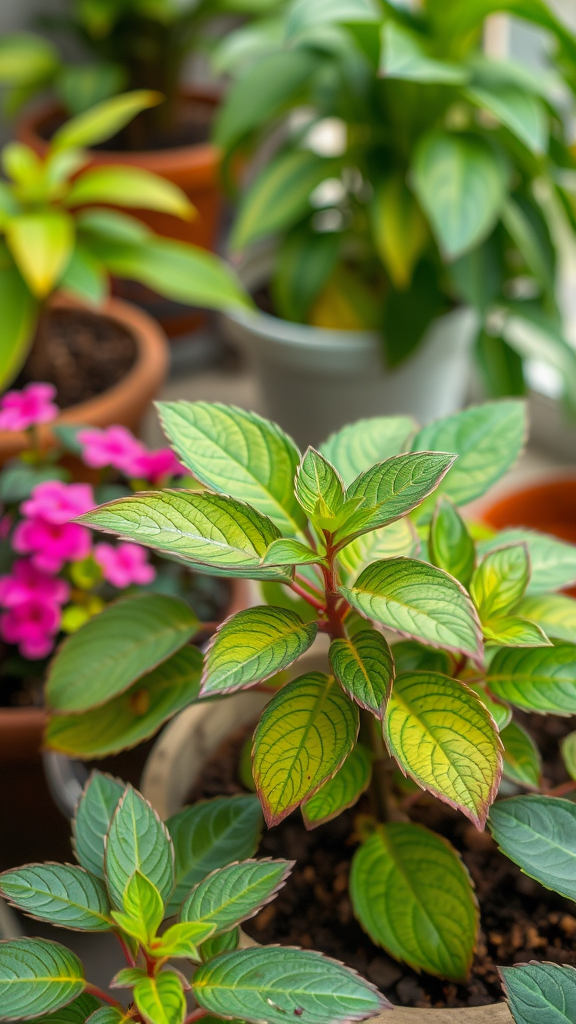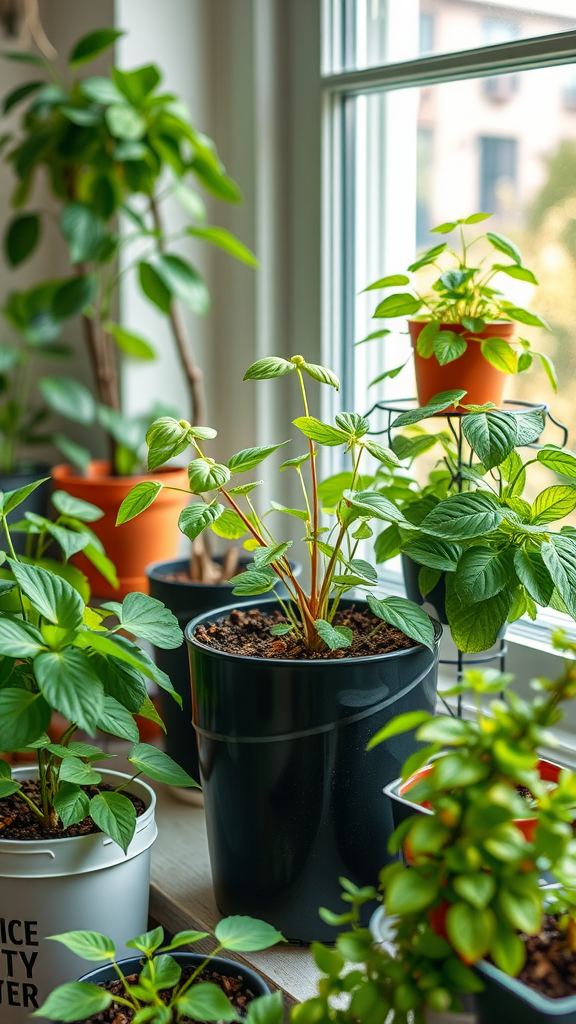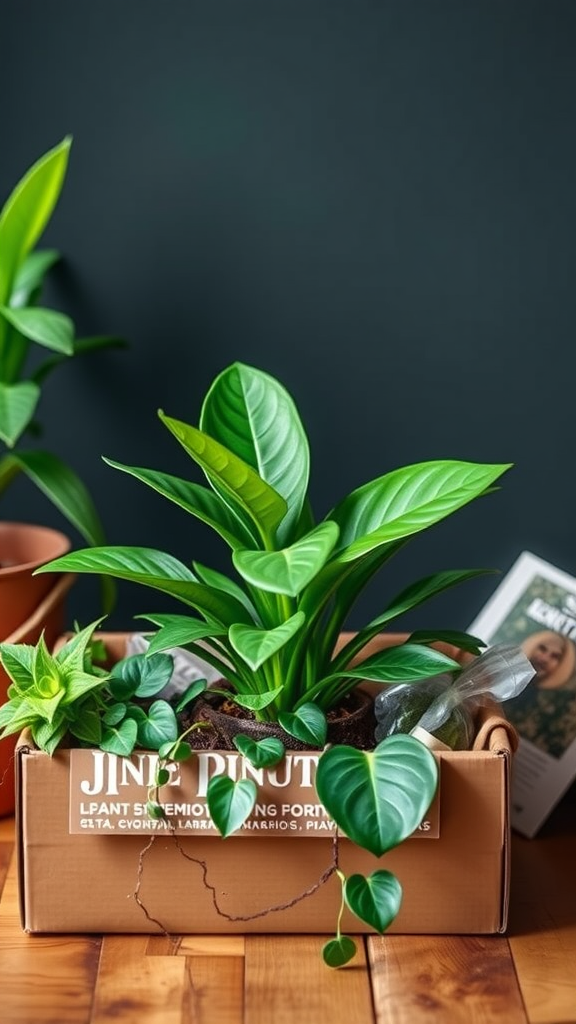Seasonal Plant Care: Essential Tips for Year-Round Plant Health
Keeping your plants healthy throughout the year requires understanding their seasonal needs. Plants go through changes as the seasons shift, and your care routine should adapt accordingly. Here are essential tips to help you maintain vibrant, thriving plants no matter the time of year.
Understanding Seasonal Changes
Plants react to seasonal changes in light, temperature, and humidity. By observing these changes, you can adjust your plant care. In spring and summer, many plants grow actively, requiring more water and nutrients. Meanwhile, fall and winter often signal a period of dormancy, where plants typically need less care.
Spring Care
As the days get longer and temperatures rise, it’s time to prepare your plants for growth. Here are some spring care tips:
- Repotting: Check if your plants have outgrown their pots. Repot them into larger containers with fresh soil.
- Fertilizing: Start a regular fertilizing schedule. Use a balanced fertilizer to encourage strong growth.
- Pruning: Remove any dead or damaged leaves and branches. This practice promotes healthier growth.
- Watering: Increase your watering frequency as temperatures rise, making sure not to let the soil dry out completely.
Summer Care
In summer, your plants are at their peak growth. To keep them healthy, consider the following:
- Mulching: Apply a layer of mulch around your plants. This helps retain moisture and keeps the roots cool.
- Monitoring Pests: Keep a close eye on pests. Use natural remedies or insecticidal soap if you notice an infestation.
- Hydration: Ensure your plants receive consistent moisture. Early morning is the best time to water to prevent evaporation.
- Sunlight Exposure: Some plants may need shading during the hottest parts of the day. Consider using shade cloth or moving pots to cooler spots.
Fall Care
As temperatures begin to drop, plants prepare for dormancy. Adjust your care routine accordingly:
- Reduce Watering: Cut back on watering as many plants require less moisture during this time. Check the soil moisture before watering.
- Fertilizer Adjustment: Stop fertilizing by late fall. This allows plants to naturally enter a dormant phase.
- Temperature Regulation: If you have tropical plants indoors, find a suitable spot that avoids drafts and extreme temperature changes.
- Fall Cleanup: Remove fallen leaves and debris from pots to prevent disease.
Winter Care
Winter can be a challenging season for plants, especially indoors. Here’s how to care for them during this time:
- Low Light Awareness: Days are shorter, so consider supplementary lighting. Grow lights can support plants that need more light.
- Temperature Checks: Keep plants away from heating vents and cold drafts, as temperature swings can stress them.
- Humidity Levels: Indoor air can become dry in winter. Use a humidifier or place water trays near your plants to maintain humidity.
- Minimal Maintenance: Only water when necessary. Overwatering can lead to root rot during dormancy.
Additional Tips for Year-Round Care
In addition to seasonal adjustments, consider these year-round tips to enhance your plant care:
- Observe and Adjust: Pay attention to how your plants respond to their environment and be ready to adapt your care.
- Stay Informed: Research specific care needs for each plant species. Understanding their preferences goes a long way.
- Be Patient: Plants may take time to show signs of growth or recovery after adjustments. Patience is key.
With these strategies, you can ensure your plants are healthy and thriving all year. Remember, seasonal care is all about recognizing the needs of your plants and adjusting accordingly. Happy gardening!
Common Mistakes to Avoid in Seasonal Plant Maintenance
Taking care of your plants throughout the seasons can be a rewarding yet challenging task. Many plant lovers find themselves unsure of what to do as the weather changes. By recognizing and avoiding common mistakes in seasonal plant maintenance, you can foster a thriving green space. Here are some key points to help you keep your plants healthy and vibrant no matter the season.
Neglecting Seasonal Changes
One major mistake is not adjusting your care routine as the seasons change. Plants need different care requirements as they transition from winter dormancy to spring growth and beyond. For example, during winter, many indoor plants require less water, while summer often calls for more frequent watering. Be aware of your specific plant’s needs and adjust care accordingly.
Overwatering or Underwatering
Watering is crucial for plant health, but it’s essential to get it right. One of the most common pitfalls is either overwatering or underwatering your plants. Too much water can cause root rot, while not enough can lead to dehydration.
- Check the soil moisture before watering.
- Use the finger test: insert your finger into the soil; if it’s dry up to your second knuckle, it’s time to water.
- During cold months, many plants require less water than in warmer weather.
Ignoring Pests and Diseases
Another frequent mistake is overlooking pests and diseases that may invade your plants. Regularly inspect your plants for any signs of trouble, such as yellowing leaves, sticky residue, or holes. Early detection can prevent a small issue from becoming a major problem.
- Check the underside of leaves for pests.
- Use insecticidal soap or neem oil as a natural treatment.
- Isolate affected plants to protect others from potential spread.
Not Changing Soil Seasonally
The soil is a vital component of your plant’s health. Many gardeners make the mistake of not refreshing their soil regularly. As plants grow, they consume nutrients, and the soil may become depleted.
- Consider repotting with fresh soil every year or every other year for pot-bound plants.
- Add organic fertilizers during the growing season to replenish nutrients.
- Use mulch to help retain moisture and improve soil quality.
Incorrect Pruning Timing
Pruning can promote healthy growth and flowering, but timing is everything. Many people mistakenly prune their plants at the wrong time of year. Pruning too late in the season can hinder new growth or blooming.
- Research the ideal pruning time for each specific plant.
- Spring-flowering plants should be pruned immediately after blooming.
- Summer-flowering plants can be pruned in late winter or early spring.
Ignoring Sunlight Needs
Each plant has specific sunlight requirements, which can be overlooked, especially during seasonal changes. Some plants may need direct sunlight in winter but prefer filtered light in summer.
- Evaluate your plant’s position as seasons change.
- Consider rotating plants for even light exposure.
- Use curtains to filter harsh sunlight if needed.
Fertilizing Infrequently or Excessively
Just like watering, fertilization must be done correctly. Many gardeners either forget to feed their plants or overdo it, leading to nutrient burn. Understanding the appropriate schedule and amount is vital.
- Follow instructions on fertilizer packaging closely.
- Apply fertilizer during the growing season, not during dormancy.
Using Incorrect Pots
Choosing the right pot for your plant can make a significant difference. Using pots that are too small can restrict root growth, while excessively large pots can retain too much moisture, leading to rot.
- Use pots that are only slightly larger than the current root ball for repotting.
- Ensure pots have adequate drainage holes.
Keeping your plants healthy year-round demands attention and care. By avoiding these common mistakes, you enhance their beauty and longevity. Regularly assess their needs, tailor your techniques seasonally, and watch your green companions flourish.
Conclusion
Keeping your plants healthy year-round requires attention to their seasonal needs and awareness of common pitfalls. Seasonal plant care focuses on understanding the unique requirements of your plants during different times of the year. By adjusting your watering schedule, providing the right nutrition, and ensuring adequate light, you can support your plants as they adapt to seasonal changes. Remember, different plants may have unique needs, so taking the time to educate yourself about their specific requirements can make a significant difference.
It’s also vital to be mindful of the mistakes that can hinder your plants’ health. Overwatering, neglecting pest control, and forgetting to prune appropriately can lead to problems that might affect your plants’ growth and overall well-being. Always observe your plants for signs of stress or disease, as early intervention is key to avoiding long-term damage.
With the right practices in place, you can foster a thriving indoor or outdoor garden that flourishes throughout the year. Seasonal plant care isn’t just about maintaining your greens; it’s about creating a living space that brings joy and life. So, embrace each season with knowledge and preparedness, and you’ll find that your plants not only survive but thrive, becoming vibrant additions to your home or garden. Remember, happy plants equal a happy home. Take pride in your seasonal plant care routine, and enjoy the beauty of healthy plants every day.





